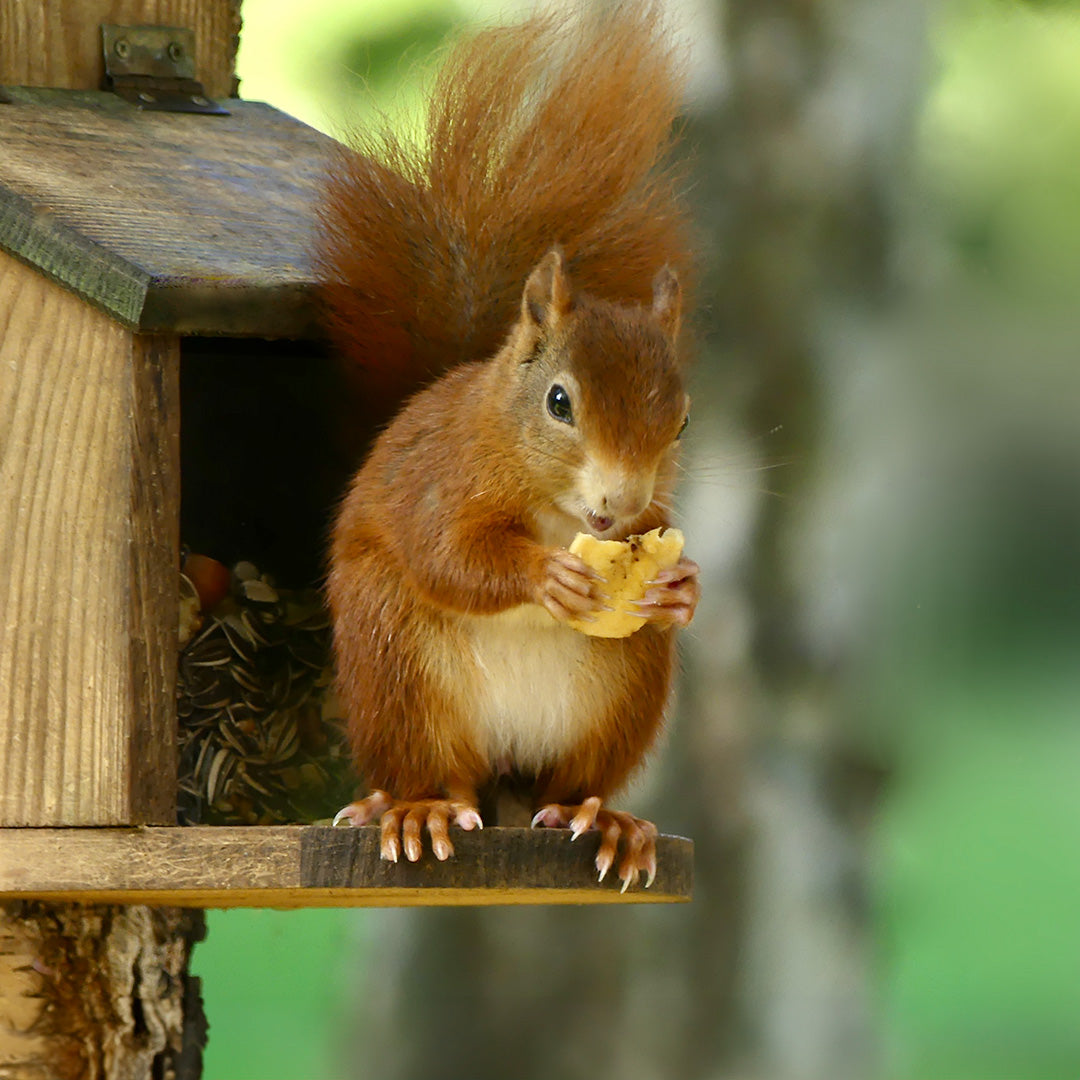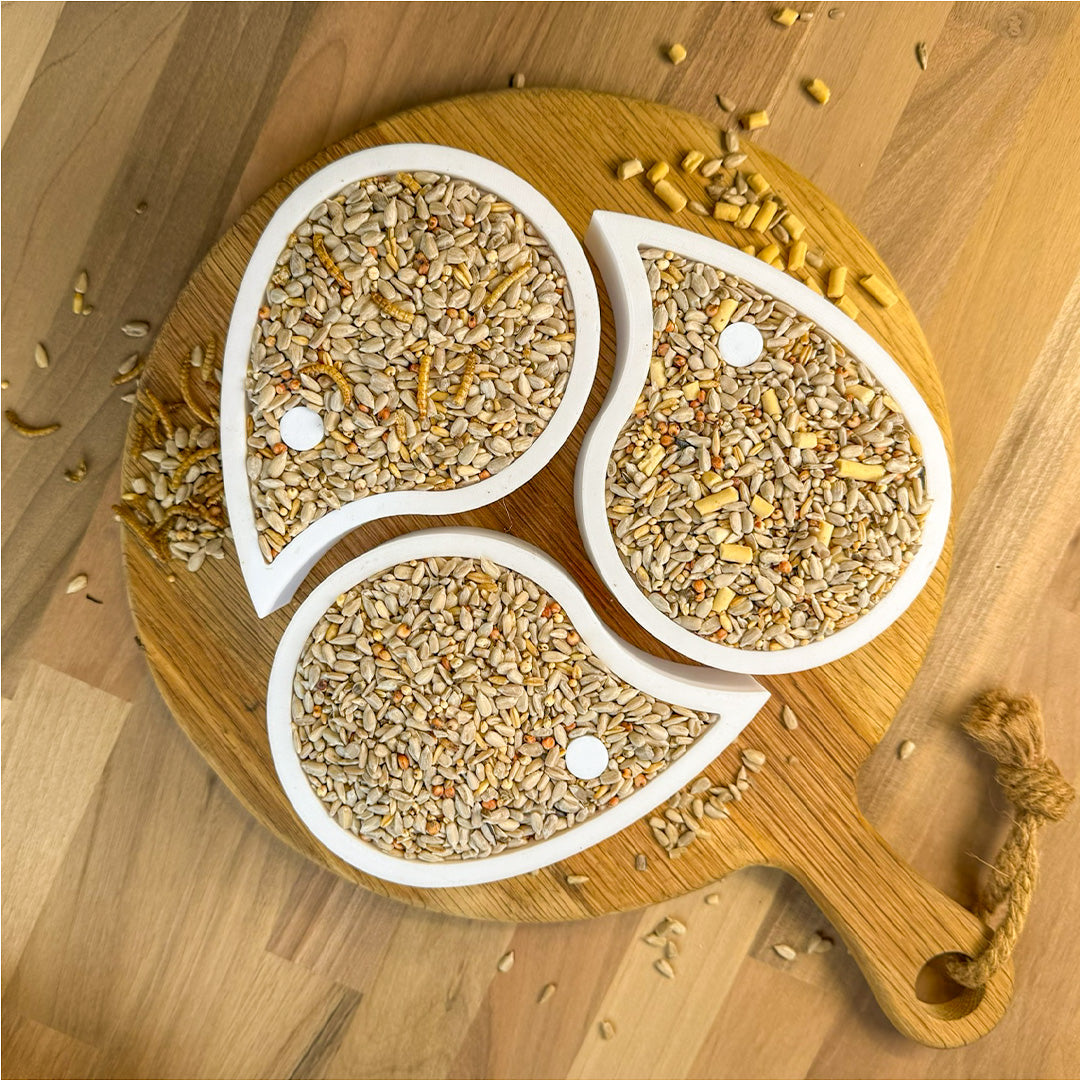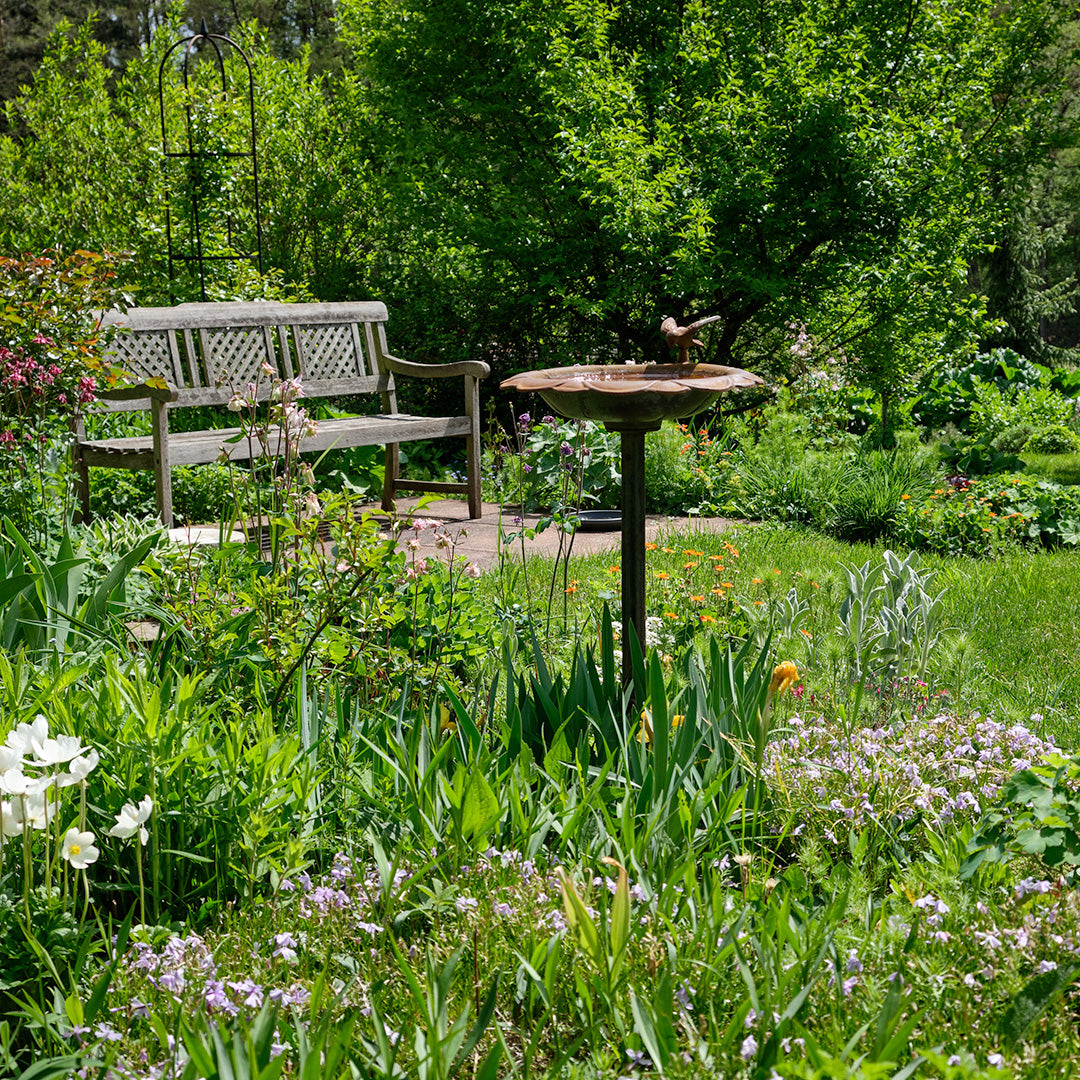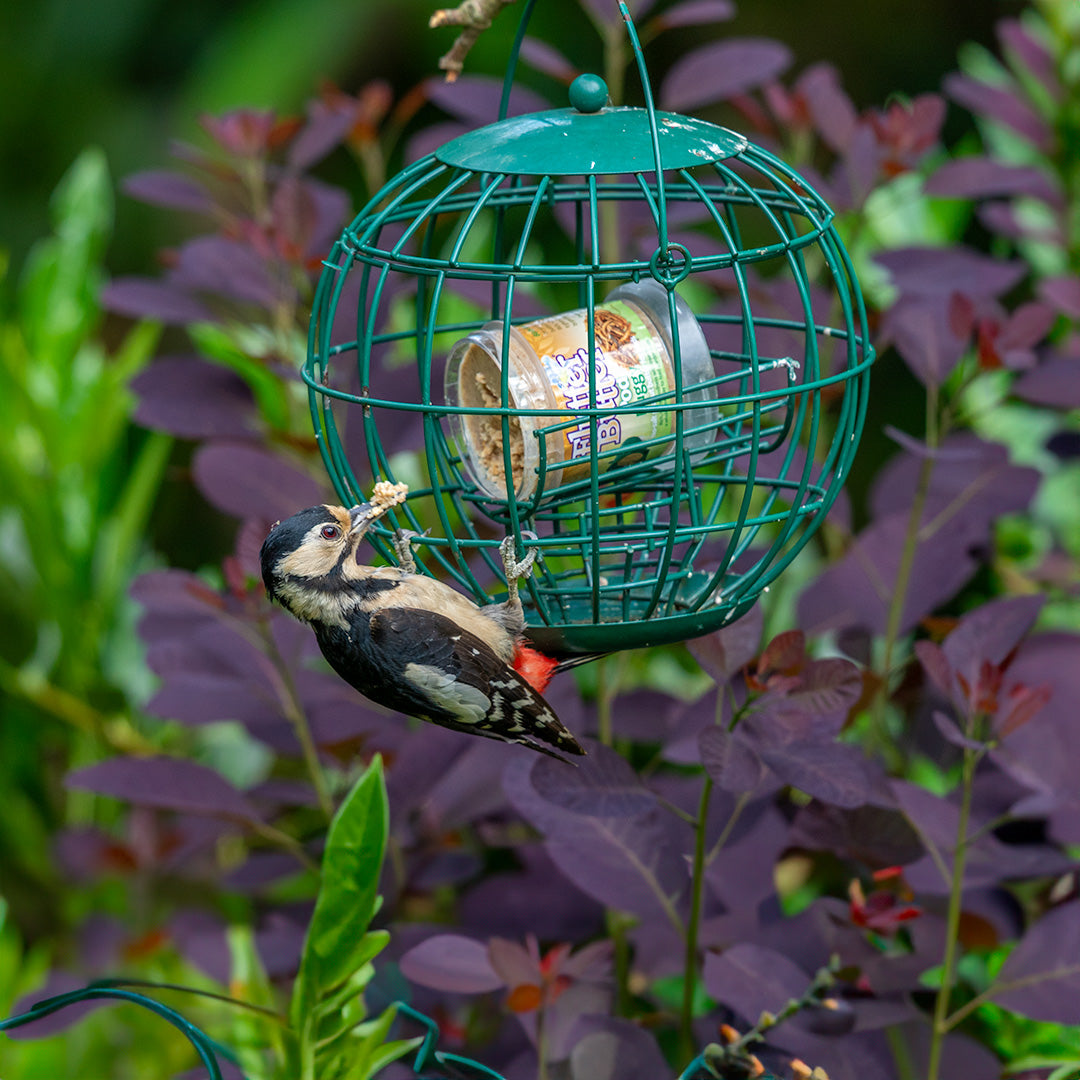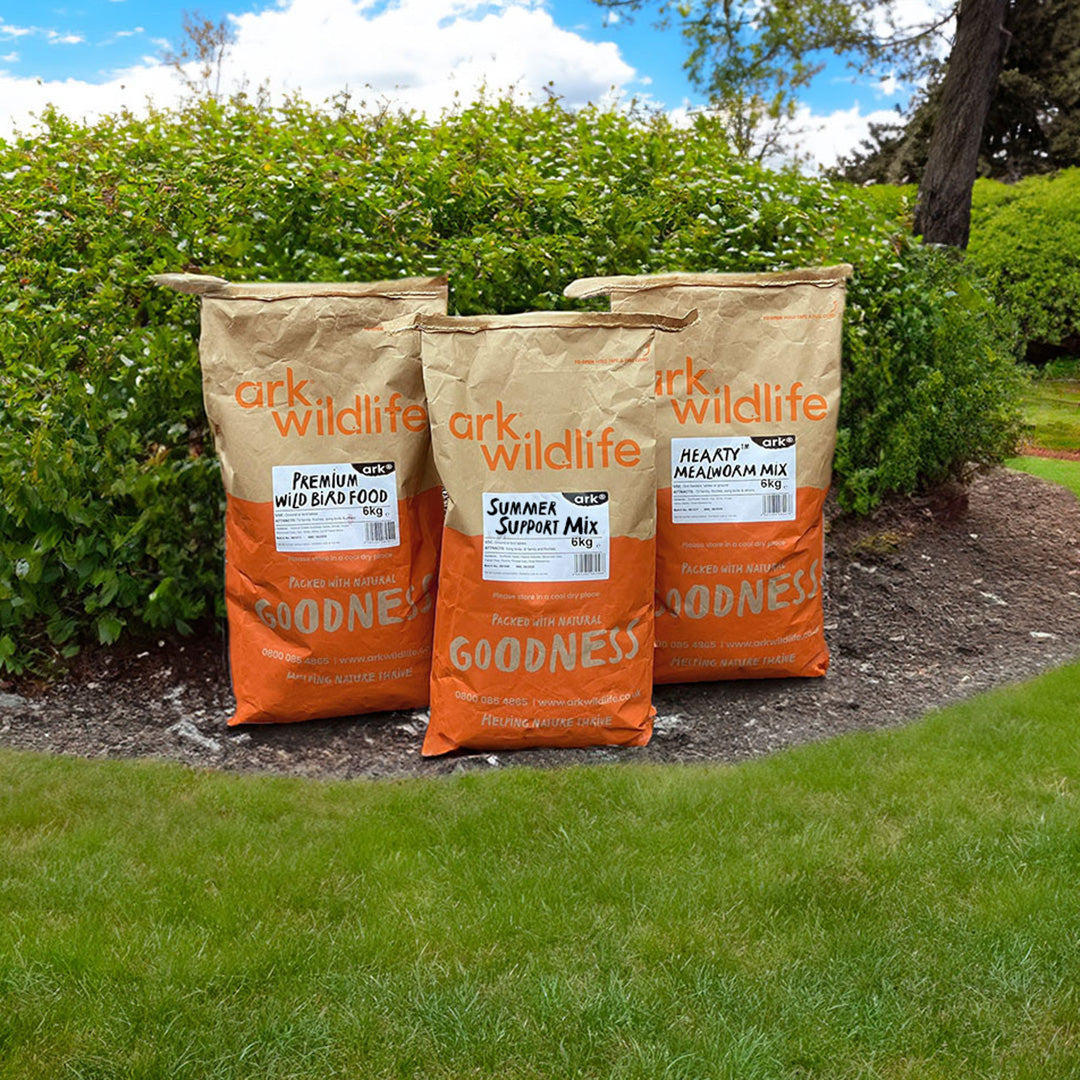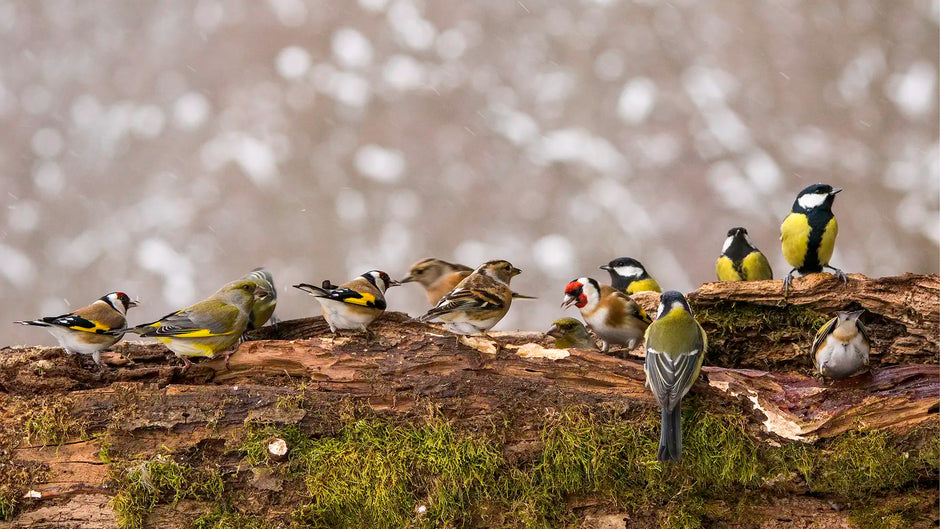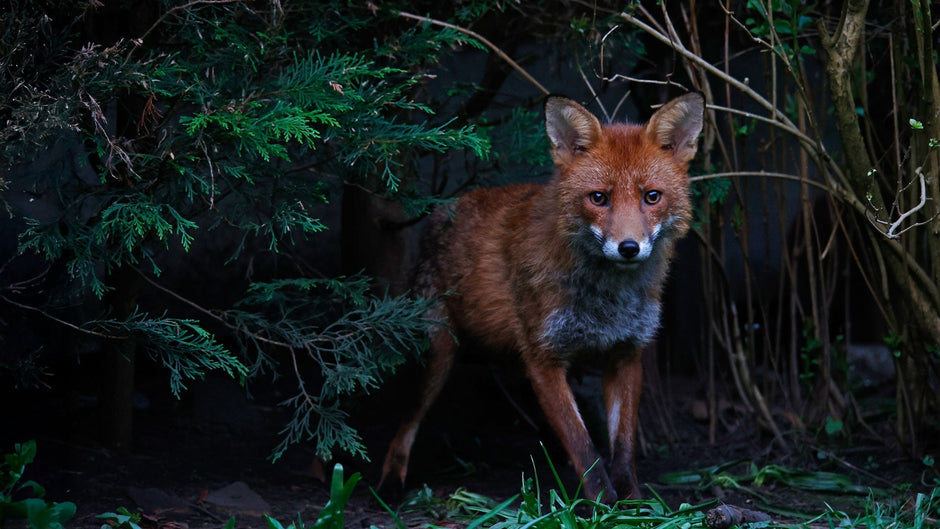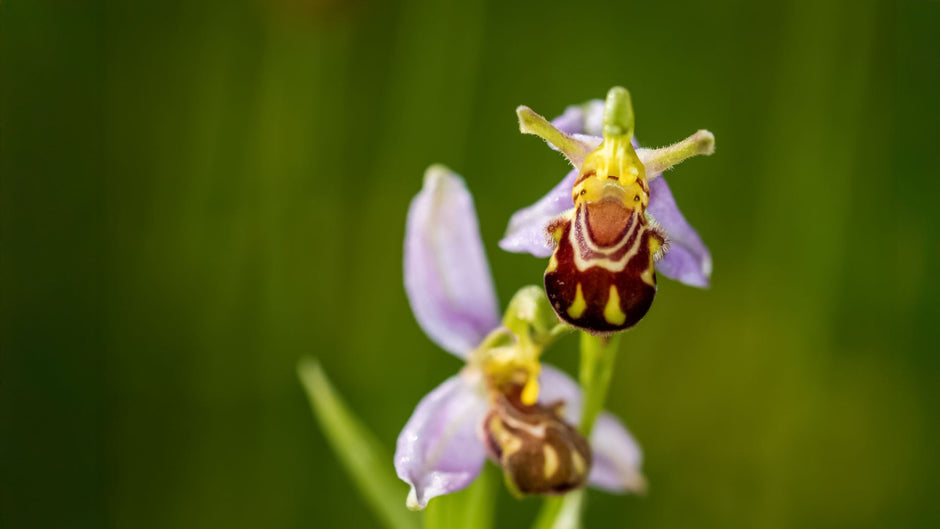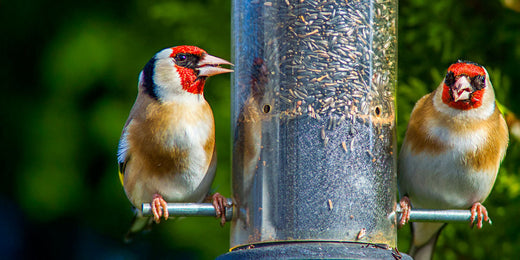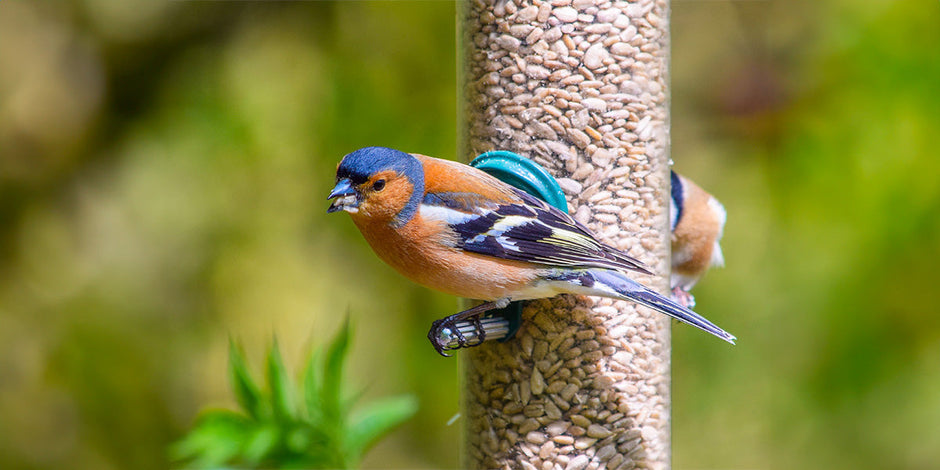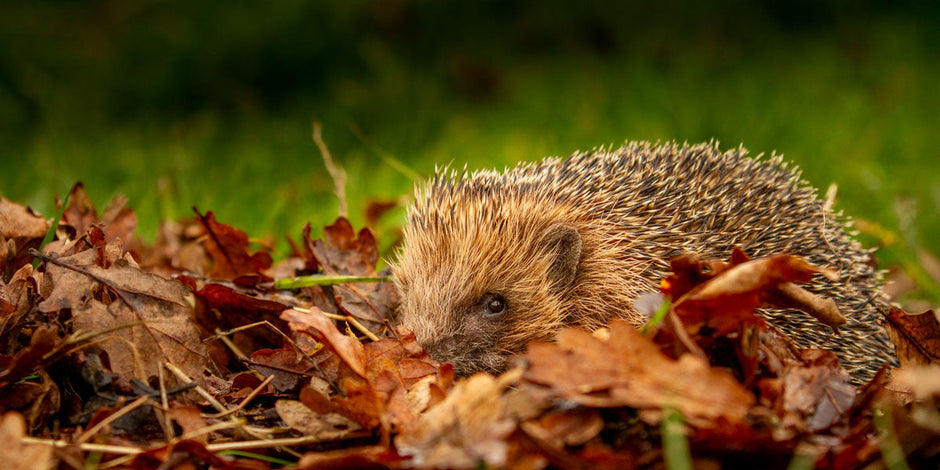Yes, earthworms ruin a well-manicured lawn in the autumn. Multiple piles of squelchy messy mud, squish under foot or lawnmower allowing weed seeds and mosses to establish in an otherwise pristine lawn. And that’s the end of it, nothing else to discuss.

Or, maybe just maybe…Earthworms are fascinating creatures. They may be mostly invisible to us, hidden underground or under logs and stones but they play a vital role in nature. Recycling dead organic matter into nutrient rich, aerated soils that create living landscapes in which plants thrive. Then providing the ultimate sacrifice they become dinner to birds, badgers, moles and more. So, hail the earthworm and all your delightfully strange ways.

In fact, only 3 of the 30-odd species of earthworms produce casts and these live in permanent tunnels just under the surface of the soil. Other species live much deeper in the soil, or in compost heaps, under stones and logs, others even climb trees! All earthworms share the same intriguing features, including having five hearts plus both male and female reproductive organs! When they mate, both worms will fertilise each other’s eggs and they can mate every 10-days or so.

Worms don’t have faces or eyes but can detect light and dark through cells in their skin, a skin through which they also breathe, even under water. When worms come to the surface in rain, it was originally thought they were trying to avoid drowning, but it’s more likely they use the wet conditions to migrate or seek mates.
Earthworms have surprisingly long lives. Many species have a natural (being eaten shortens this) life span of 8 or more years. Being able to breed every 10 days and producing 2 egg clusters (they’re both sexes of course) each of 20 eggs means they could produce 10,000 or more offspring in a perfect worm world.

Earthworms don’t sleep, but in poor soil conditions such as drought, they will cocoon themselves in a mucus lined chamber and enter a dormant state called diapause. Their photosensitive skin means they prefer coming to the surface in the dark to find mates and collect organic matter, pulling it back underground on which to feed. With all this night-time activity, it turns out the old saying ‘the early bird catches the worm’ really is true.

The next time you’re brushing worm casts from the lawn, pause and consider the creatures active below your feet. Look out for the tell-tale signs of earthworms feeding by the sight of rolled up leaves, half buried, sticking cigar like out of your lawn. While digging notice how worms come in all shapes and sizes. We have green ones, pink ones, red and even striped ones. Every garden is likely to host a dozen or more species. Let’s acknowledge the earthworm for the great job it does before we toss it as a snack to the ever-present robin.



